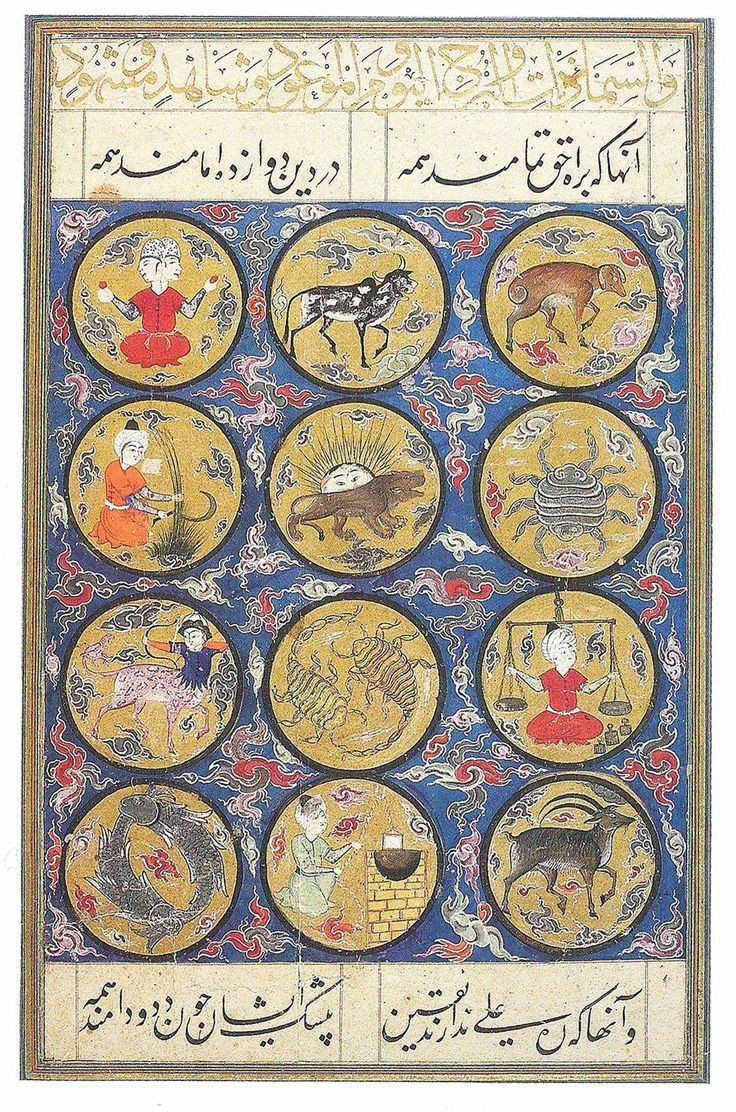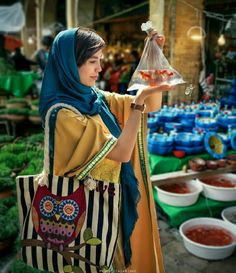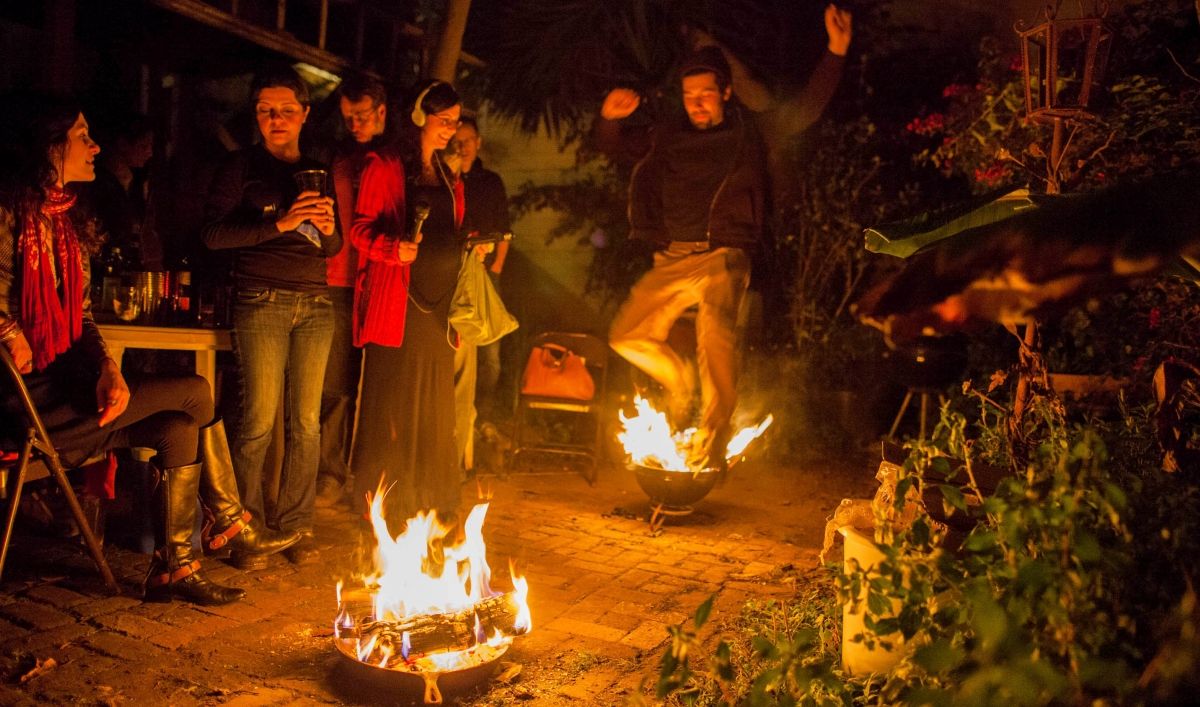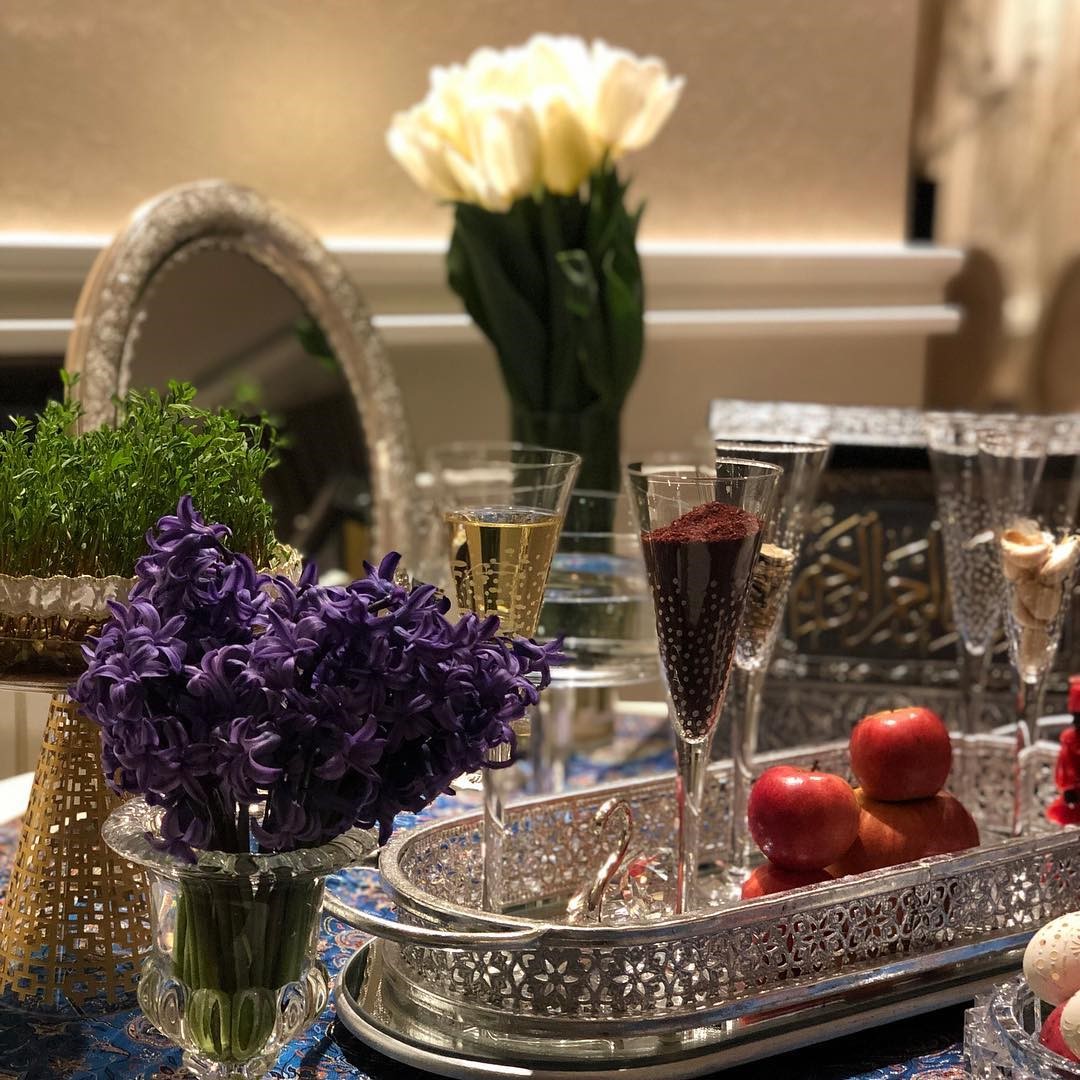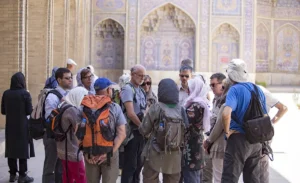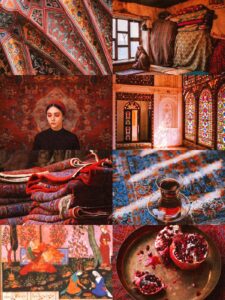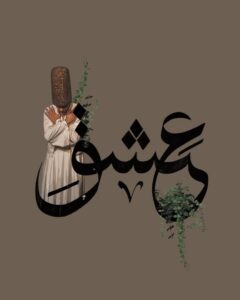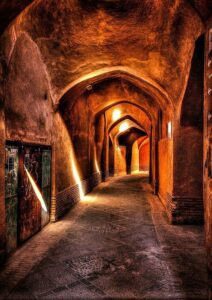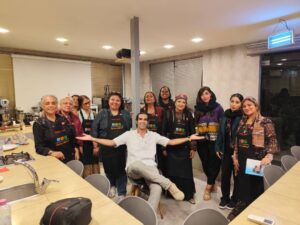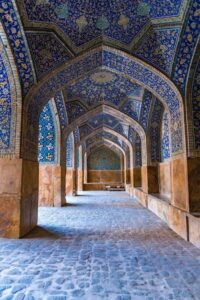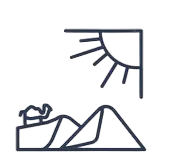When spring arrives in Iran, the whole country transforms. The air feels softer, the first blossoms open on trees, and the smell of hyacinths and fresh herbs fills the streets. This is Nowruz, the Persian New Year, a celebration of renewal, hope, and life itself.
Nowruz has been celebrated for more than three millennia, with its roots in the ancient Zoroastrian calendar and the natural rhythm of the earth. It begins at the spring equinox, when day and night are perfectly balanced. For Iranians, this balance is a symbol: the victory of light over darkness, of life over cold winter. That is why Nowruz is not just a holiday—it is the soul of Persian culture.
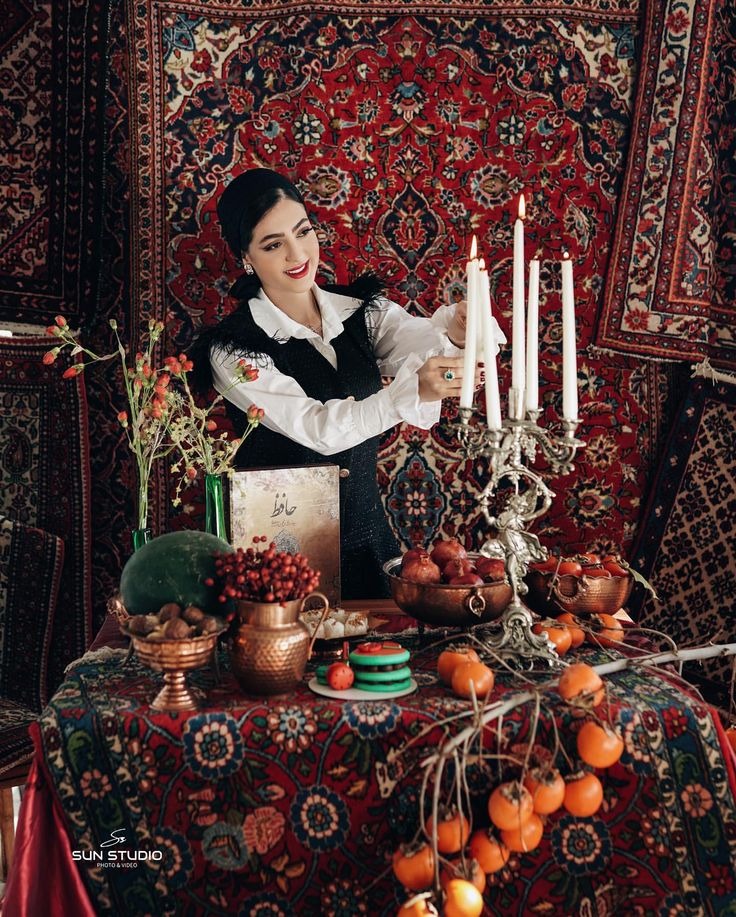
Preparations Before Nowruz
Weeks before Nowruz, families start preparing. Homes are cleaned from top to bottom in a tradition called khaneh-tekani (spring cleaning). Every corner of the house shines, carpets are washed, and windows sparkle with fresh air. This is more than cleaning—it is a symbolic act of letting go of the old and welcoming the new.
Markets become lively with people buying sabzeh (sprouts), flowers, sweets, and goldfish. The colors are dazzling: red apples, green herbs, golden nuts, and purple hyacinths. The smell of samanu (sweet pudding made from wheat) mixes with the sound of merchants calling out their prices, creating a sensory festival even before the New Year arrives.
The Magic of Haft-Seen
At the center of Nowruz is the Haft-Seen table. Seven items starting with “S” in Persian are placed on a beautifully decorated cloth, each carrying a deep meaning for the new year:
Sabzeh (green sprouts) for renewal
Seer (garlic) for health
Seeb (apple) for beauty
Samanu (sweet pudding) for patience
Senjed (oleaster fruit) for love
Serkeh (vinegar) for wisdom
Somāq (sumac) for sunrise and good fortune
Families often add a mirror for reflection, painted eggs for fertility, candles for light, and even a holy book or poems of Hafez.
For children, the Haft-Seen is pure magic. They watch the goldfish swim, touch the sprouts with excitement, and wait for the Sa’at-e Tahvil, the exact second when the new year begins. For travelers, sharing this moment feels like stepping into an ancient story that is still alive in every Iranian home.
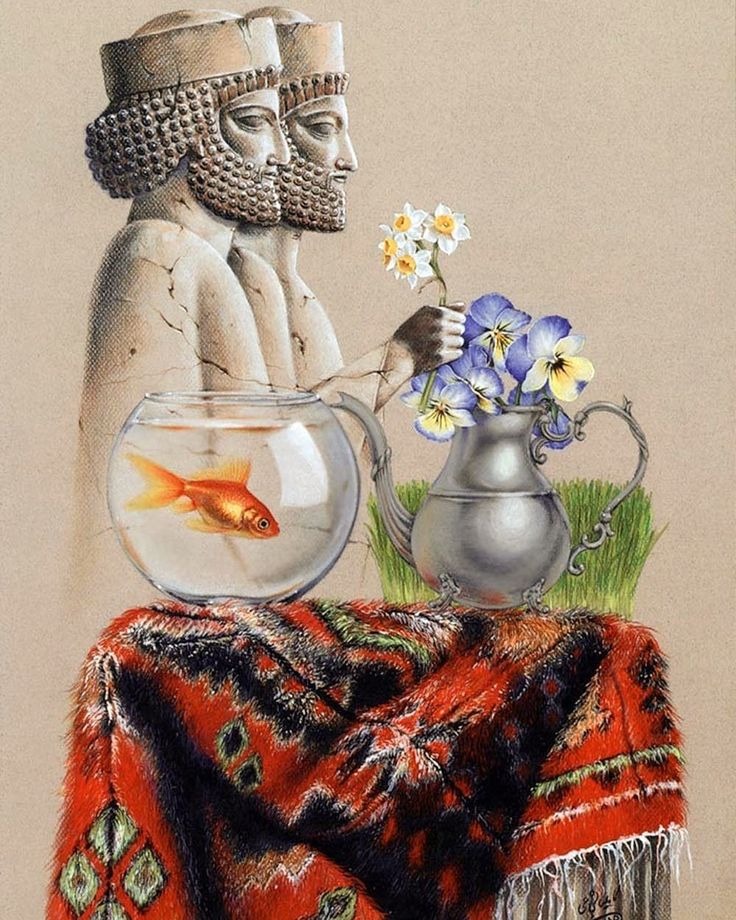
Celebrations and Traditions
The arrival of Nowruz is full of sound, taste, and movement. Families exchange visits, known as eid didani, and children receive gifts or money called eidi. Streets are filled with the smell of fresh herbs and the sound of laughter. Traditional foods appear on every table: sabzi polo ba mahi (herbed rice with fish), reshteh polo (rice with noodles for good fortune), and endless sweets and nuts shared with guests.
Music and poetry are also central. People read verses of Hafez or Ferdowsi, while others dance to folk tunes in villages and towns. The whole country becomes a stage of celebration, with each city adding its own unique flavor.
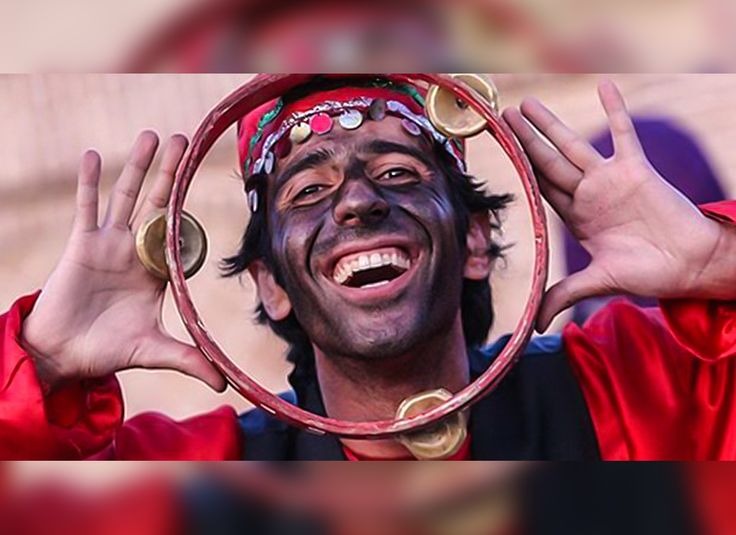
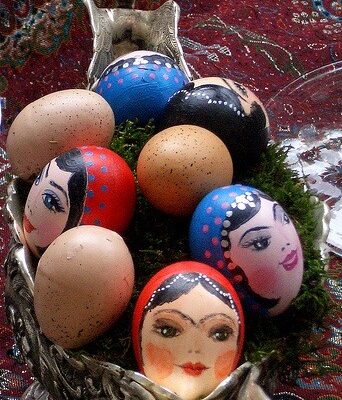
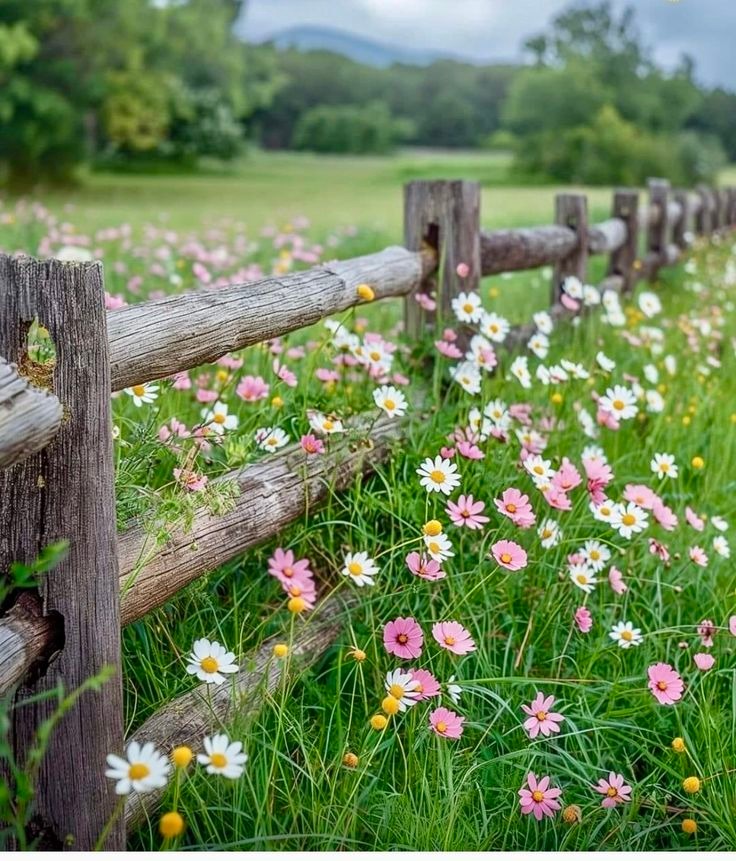
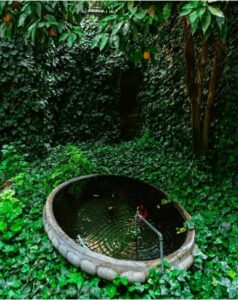
Nowruz Across Iran
Tehran: The Capital in Celebration
In Tehran, the city feels alive during Nowruz. Streets are decorated with lights, and markets like Tajrish Bazaar are filled with people buying flowers, sweets, and goldfish. The air smells of hyacinths, and street musicians play cheerful songs. Parks such as Mellat and Jamshidieh are full of picnicking families, while landmarks like Milad Tower and Azadi Square glow with decorations.
Isfahan: Bridges of Light and Joy
Isfahan shines like a jewel during Nowruz. The Naqsh-e Jahan Square sparkles with lights, fountains shine in the sunlight, and traditional music fills the air. Families gather on the Si-o-se-pol Bridge, watching the river flow under its arches. Local sweets like gaz add flavor to the festivities, while the city’s blue-tiled mosques look even brighter in the spring sun.
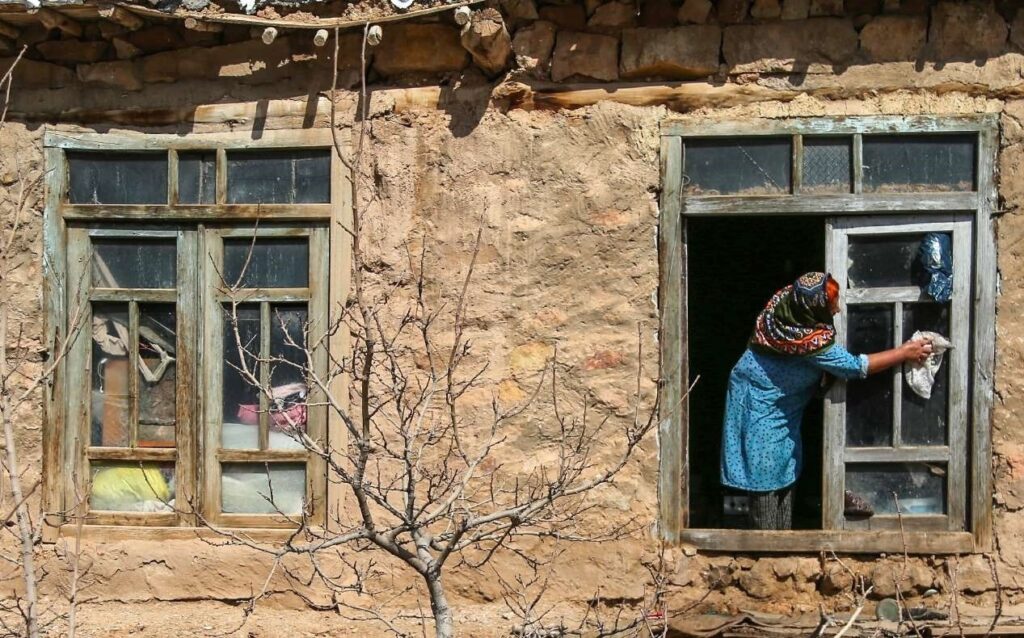
Shiraz: Poetry, Flowers, and Ancient Stones
Shiraz feels like the heart of Nowruz. At the Sa’at-e Tahvil, many gather at Hafez’s Mausoleum, reading his poems as the new year begins. Others welcome spring at Persepolis, the ancient capital of the Persian Empire. The scent of orange blossoms fills the city, especially in Eram Garden, where fountains sparkle and flowers bloom. Tasting faloodeh Shirazi in the spring sun completes the experience of this poetic city.
Yazd: Fires and the Desert Sky
In Yazd, the desert city of windcatchers, Nowruz carries deep tradition. Before the new year, locals celebrate Chaharshanbe Suri, lighting fires in alleys and jumping over flames for health and strength. During Nowruz, Amir Chakhmaq Square glows with lights, the clay alleys shine softly at sunset, and the air is filled with the smell of Yazdi sweets.
Mashhad: A Sacred and Festive New Year
Mashhad is both spiritual and festive during Nowruz. Thousands of pilgrims gather in the Imam Reza Shrine, waiting for the Sa’at-e Tahvil with prayers. At sunrise, the golden dome shines while voices of prayer echo across the courtyard. Outside, families share noghl (sugar-coated almonds) and saffron ice cream. Mashhad is a city where festivity and faith meet beautifully.
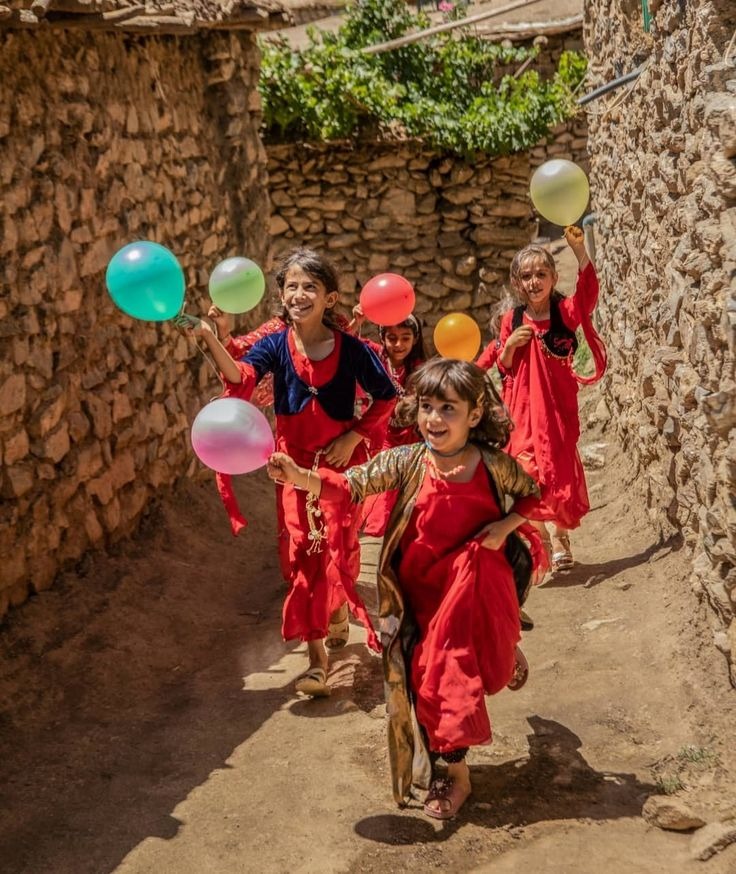
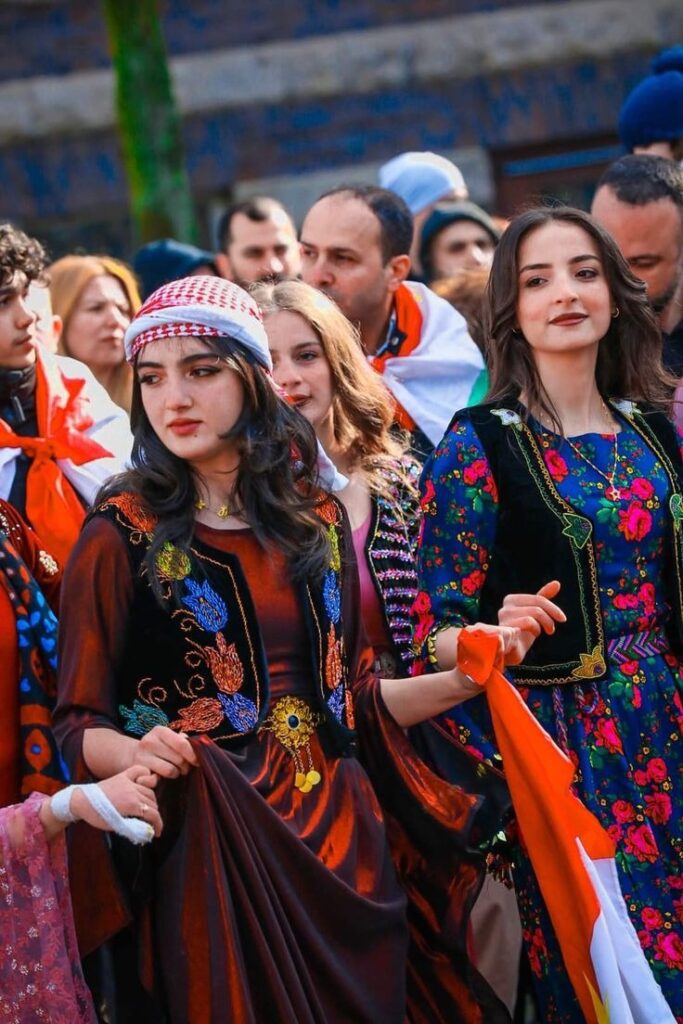
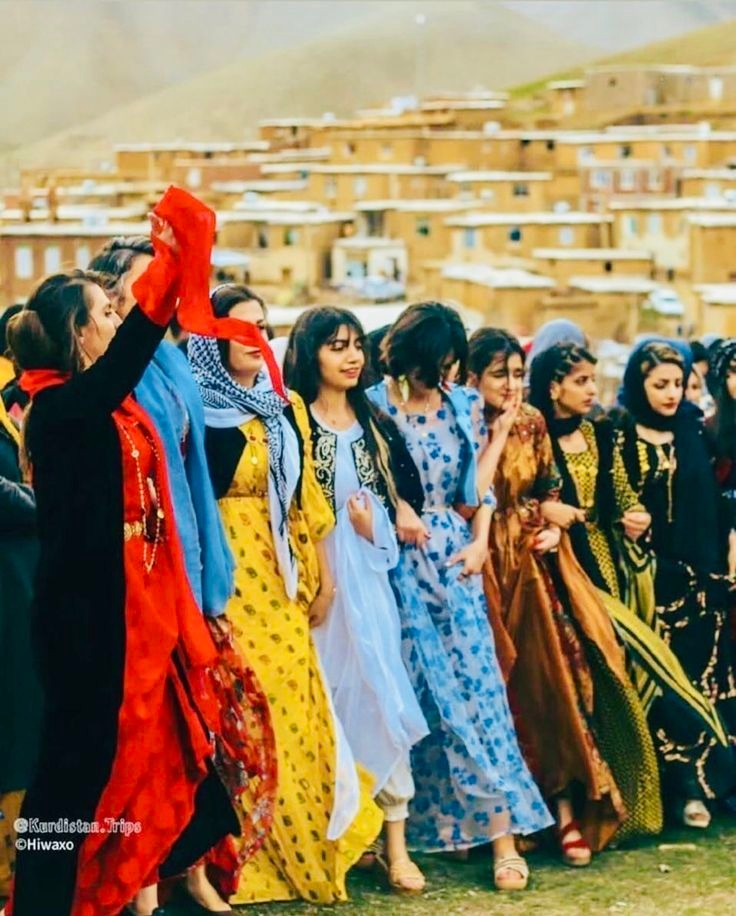
Tabriz: Cool Winds and Warm Gatherings
In Tabriz, spring brings fresh mountain air and lively bazaars. The historic Bazaar of Tabriz is filled with dried fruits, sweets, and nuts. Families prepare Kufteh Tabrizi, a giant stuffed meatball often shared during the holidays. Walks in El Goli Park and visits to the Blue Mosque show the beauty of the city’s spring atmosphere.
Kurdistan: Fire, Music, and Dance
In the Kurdish regions of western Iran, Nowruz is a festival of fire and joy. Families climb hills at sunset, lighting bonfires that glow against the mountains. Dressed in colorful traditional clothes, men and women join hands in circles to dance the Halparke to the sound of drums and flutes. For Kurds, Nowruz is more than a new year—it is a symbol of freedom, hope, and unity.
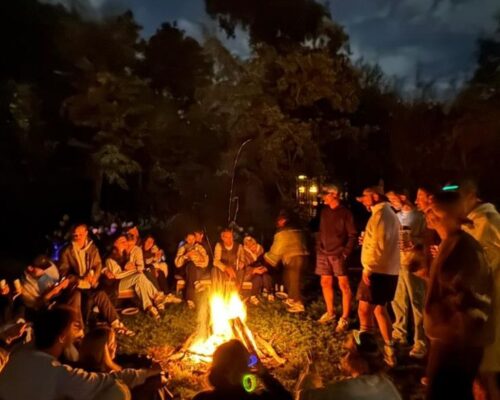
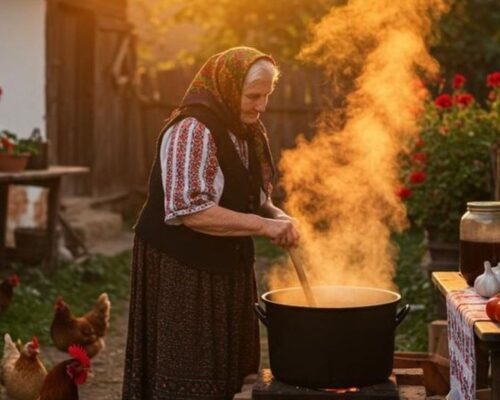
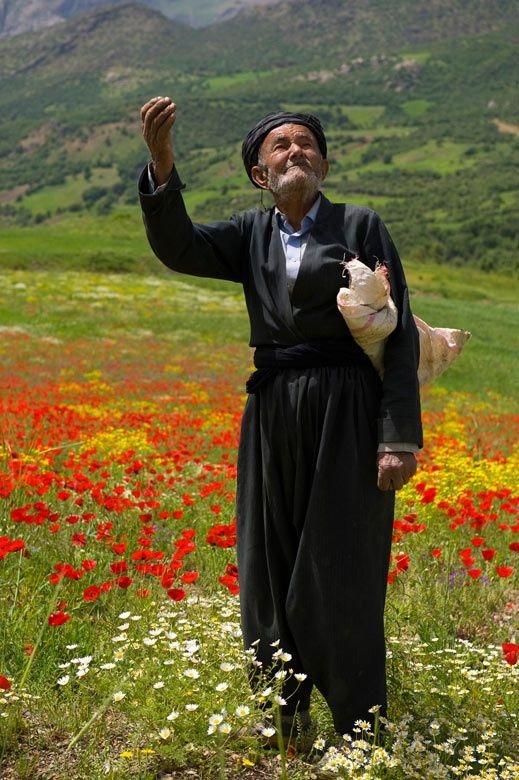
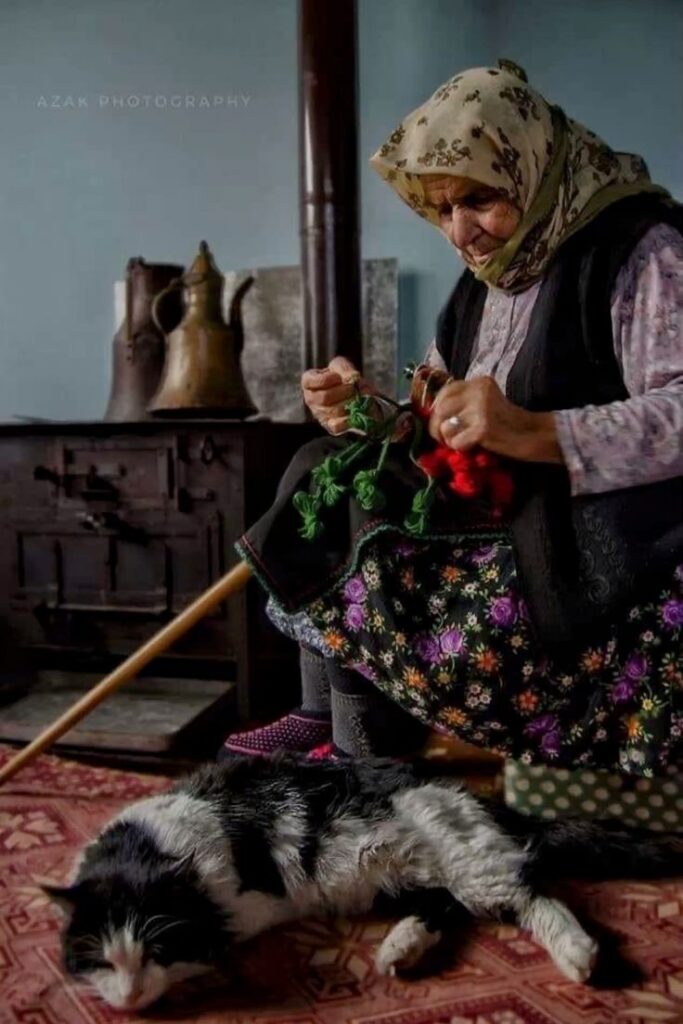
Why Travel to Iran for Nowruz?
Nowruz is the heartbeat of Iran. Every city—from the modern streets of Tehran to the gardens of Shiraz, the mosques of Isfahan, the deserts of Yazd, the shrine of Mashhad, the bazaars of Tabriz, and the mountains of Kurdistan—offers its own colors and traditions.
Visiting Iran during Nowruz means more than sightseeing. It is sharing laughter in bazaars, tasting seasonal dishes, listening to folk music, watching prayers at sunrise, and joining dances by mountain fires. It is becoming part of a story that has been alive for thousands of years.
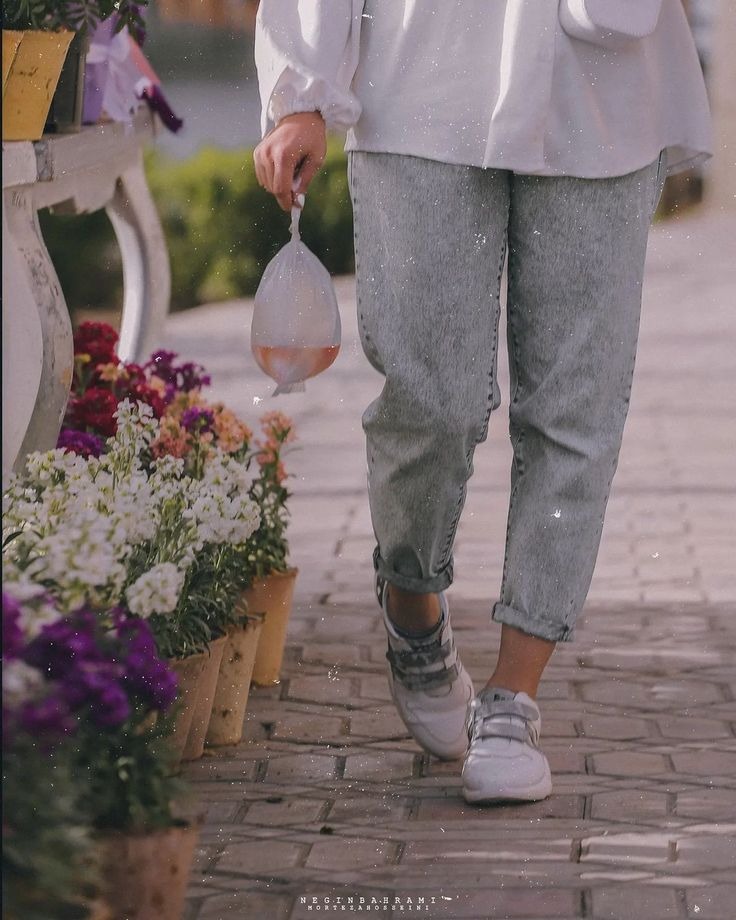
- 📍 Bushehr, Isfahan, Kashan, Shiraz, Tehran, Yazd
from:

